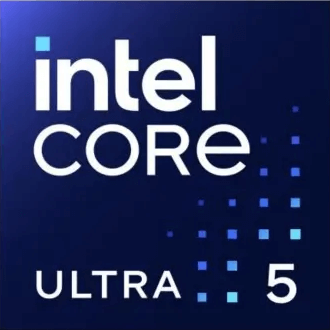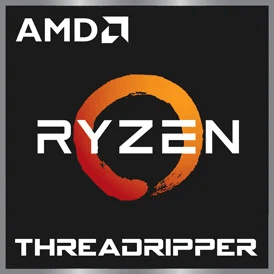Intel Core Ultra 9 285K vs Intel Core i7 12700F
We compared two desktop CPUs: Intel Core Ultra 9 285K with 24 cores 3.7GHz and Intel Core i7 12700F with 12 cores 2.1GHz . You will find out which processor performs better in benchmark tests, key specifications, power consumption and more.
Main Differences
Intel Core Ultra 9 285K 's Advantages
Released 2 years and 9 months late
Integrated graphics card
Higher specification of memory (6400 vs 4800)
Larger memory bandwidth (102.4GB/s vs 76.8GB/s)
Higher base frequency (3.7GHz vs 2.1GHz)
Larger L3 cache size (36MB vs 25MB)
More modern manufacturing process (3nm vs 10nm)
Intel Core i7 12700F 's Advantages
Lower TDP (65W vs 125W)
Score
Benchmark
Cinebench R23 Single Core
Intel Core Ultra 9 285K
+22%
2318
Intel Core i7 12700F
1885
Cinebench R23 Multi Core
Intel Core Ultra 9 285K
+110%
41583
Intel Core i7 12700F
19795
Geekbench 6 Single Core
Intel Core Ultra 9 285K
+38%
3380
Intel Core i7 12700F
2446
Geekbench 6 Multi Core
Intel Core Ultra 9 285K
+81%
23087
Intel Core i7 12700F
12755
Cinebench 2024 Single Core
Intel Core Ultra 9 285K
+32%
142
Intel Core i7 12700F
107
Cinebench 2024 Multi Core
Intel Core Ultra 9 285K
+134%
2357
Intel Core i7 12700F
1004
Blender
Intel Core Ultra 9 285K
+100%
656
Intel Core i7 12700F
328
Passmark CPU Single Core
Intel Core Ultra 9 285K
+30%
5080
Intel Core i7 12700F
3882
Passmark CPU Multi Core
Intel Core Ultra 9 285K
+121%
67744
Intel Core i7 12700F
30652
General Parameters
Oct 2024
Release Date
Jan 2022
Intel
Manufacturer
Intel
Desktop
Type
Desktop
x86-64
Instruction Set
x86-64
Arrow Lake
Core Architecture
Alder Lake
285K
Processor Number
i7-12700F
FCLGA-1851
Socket
LGA-1700
Arc iGPU (4-Cores)
Integrated Graphics
No
Ultra 9(Arrow Lake)
Generation
-
Package
3 nm
Manufacturing Process
10 nm
125 W
Power Consumption
65 W
250 W
Max Turbo Power Consumption
180 W
105 °C
Peak Operating Temperature
100°C
TSMC
Foundry
-
CPU Performance
8
Performance Cores
8
8
Performance Core Threads
16
3.7 GHz
Performance Core Base Frequency
2.1 GHz
5.5 GHz
Performance Core Turbo Frequency
4.8 GHz
16
Efficiency Cores
4
16
Efficiency Core Threads
4
3.2 GHz
Efficiency Core Base Frequency
1.6 GHz
4.6 GHz
Efficiency Core Turbo Frequency
3.6 GHz
24
Total Core Count
12
24
Total Thread Count
20
100 MHz
Bus Frequency
100 MHz
37
Multiplier
21x
112 K per core
L1 Cache
80 K per core
3 MB per core
L2 Cache
12 MB shared
36 MB shared
L3 Cache
25 MB shared
Yes
Unlocked Multiplier
No
1
SMP
-
Memory Parameters
DDR5-6400
Memory Types
DDR5-4800, DDR4-3200
192 GB
Max Memory Size
128 GB
2
Max Memory Channels
2
102.4 GB/s
Max Memory Bandwidth
76.8 GB/s
Yes
ECC Memory Support
No
Graphics Card Parameters
true
Integrated Graphics
-
300 MHz
GPU Base Frequency
-
2000 MHz
GPU Max Dynamic Frequency
-
512
Shader Units
-
32
Texture Units
-
16
Raster Operation Units
-
64
Execution Units
-
14
Power Consumption
-
2 TFLOPS
Graphics Performance
-









